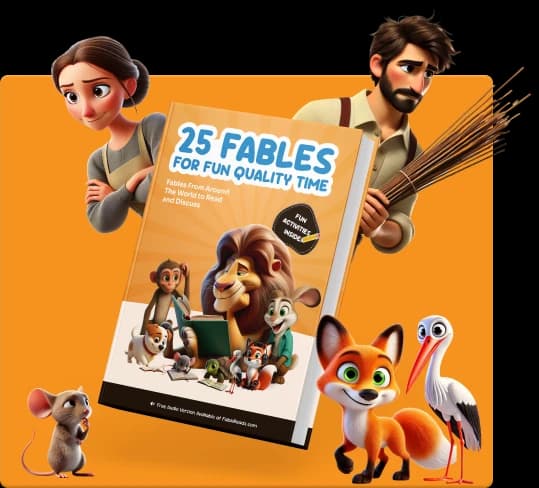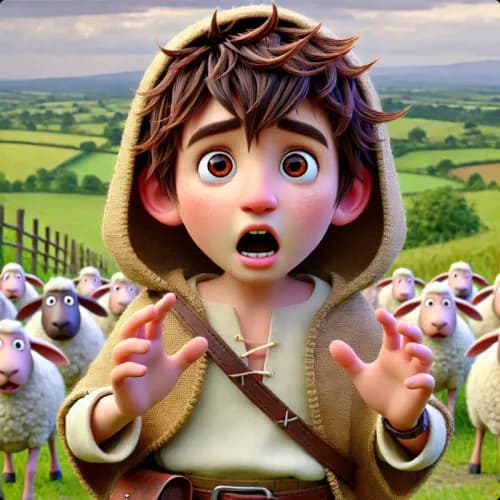Aesop | Greece
Die Gans, die goldene Eier legte
Ein armer Bauer findet eine Gans, die goldene Eier legt, aber aus Gier tötet er sie und sein Glück schwindet.

Es war einmal ein Bauer und seine Frau, die in einem kleinen Dorf lebten. Sie waren nicht reich und führten ein einfaches Leben. Eines Tages fand der Bauer eine Gans, die anders aussah als alle anderen Gänse. Er beschloss, sie mit nach Hause zu nehmen und gut für sie zu sorgen.
Am nächsten Tag geschah etwas Erstaunliches. Der Bauer fand ein goldenes Ei neben der Gans. Er und seine Frau waren sehr überrascht. Sie verkauften das Ei und bekamen viel Geld dafür. Von diesem Tag an legte die Gans jeden Tag ein goldenes Ei, und der Bauer und seine Frau waren bald reich.
Aber sie wollten noch mehr Geld. Sie dachten, wenn die Gans goldene Eier legen konnte, dann müsste sie viel Gold in sich haben. Sie beschlossen, alles Gold auf einmal zu bekommen, indem sie die Gans aufschneiden.
Also nahm der Bauer die Gans und schnitt sie auf. Aber es war kein Gold darin. Durch das Töten der Gans verloren sie das besondere Tier, das sie reich gemacht hatte. Es gab keine goldenen Eier mehr, und sie erkannten, dass sie einen großen Fehler gemacht hatten. Weil sie zu viel und zu schnell wollten, waren sie plötzlich nicht mehr reich.
Kaufen Sie ein Buch und helfen Sie dabei, Fabeln in die Welt zu bringen
Genießen Sie 25 ausgewählte Fabeln fürs Leben, gedruckt. Jeder Kauf unterstützt kostenlose Geschichten für Kinder, Eltern und Lehrer weltweit auf fablereads.com

















